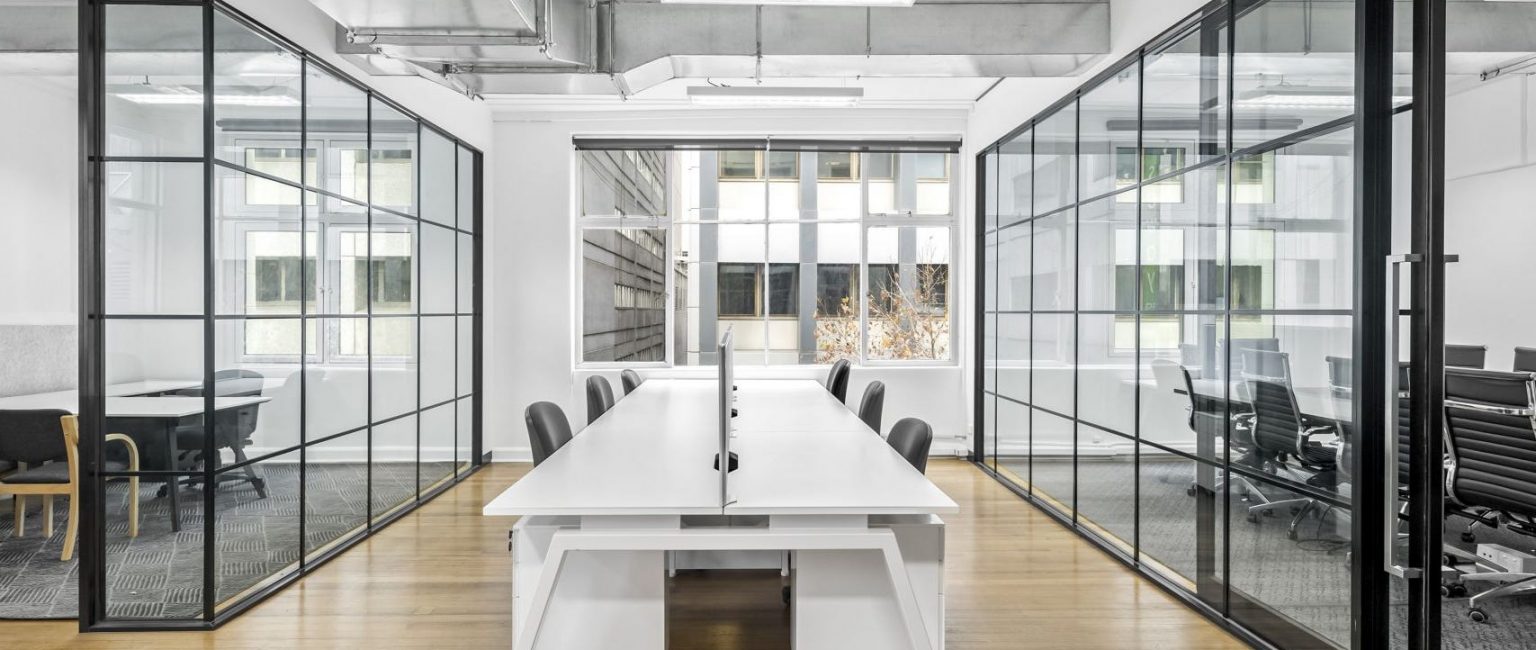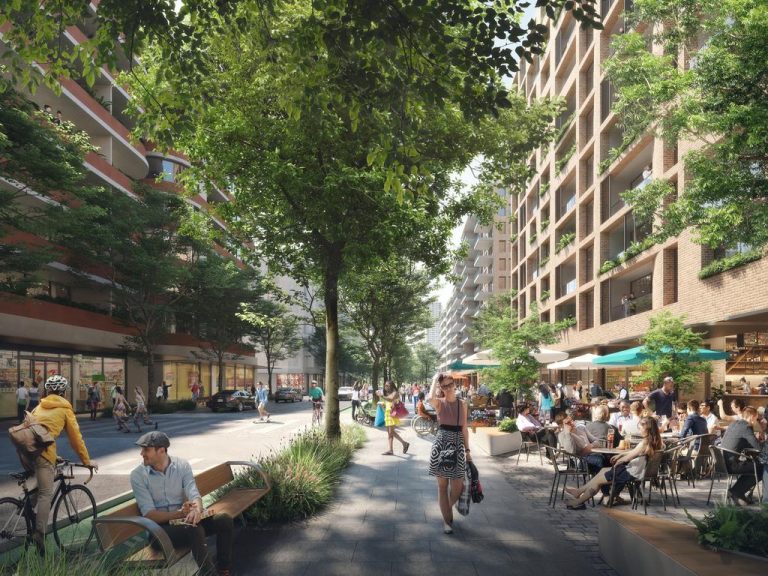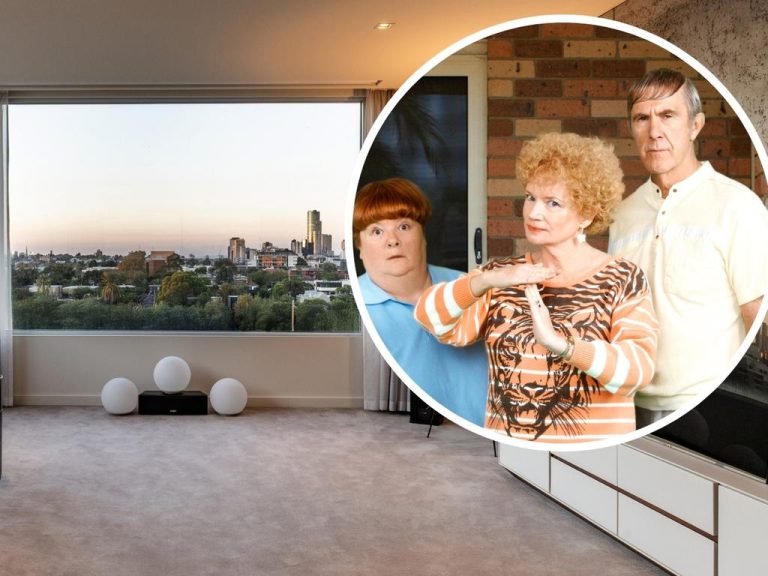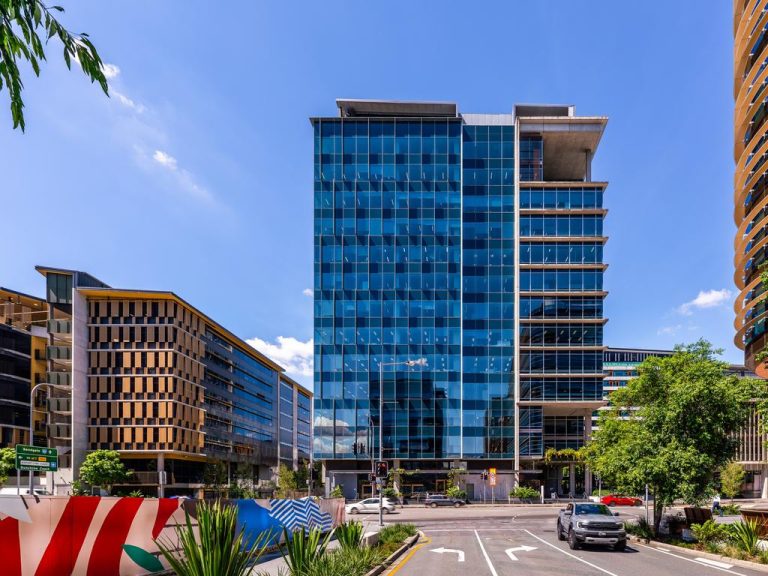Investors making a return to the office

Before 2020, offices were the undisputed asset of choice with commercial real estate investors. Cue the pandemic and the rise of remote working, and demand to buy offices fell off a cliff.
Since this time, investor confidence has gradually recovered and, year-to-date, offices have reclaimed the top spot for the highest volume of sales.
Over the 12 months to June 2022, just over $25 billion worth of offices have sold in Australia, according to Real Capital Analytics – up 45% from the previous year.
The dramatic swings in office demand have been reflected in search volumes on realcommercial.com.au. Over the course of 2020, offices saw the sharpest drop in both buy and lease searches of any asset type. Over the past 12 months, they’ve seen the strongest rebound.
There are a few factors supporting the return of investors to the sector.
First, as of January this year, there was more office space leased than before the pandemic. While office vacancy did edge up in Sydney, Melbourne, and Brisbane over 2021, this was due to the delivery of new supply outpacing the growth in demand.
Defying the expectations of many at the onset of the pandemic, occupier demand increased in every capital city in the 12 months to January 2022, data from the Property Council shows.
More recently, sublease vacancy, which spiked in 2020 and remained elevated over 2021, has been steadily declining since the start of the year, reaching the lowest level since June 2020, according to CBRE.
Further, the Property Council’s occupancy data shows workers are increasingly spending more time in their offices. In Melbourne and Sydney, the cities where office workers have spent the most time at home, office occupancy has steadily grown since the start of the year.
Between just April and May, office occupancy jumped up 12% in Melbourne to 48% – the highest level since the pandemic began. Sydney saw a similar lift, with occupancy rising 13% to reach 55% of pre-Covid levels.
While these occupancy rates are still low, particularly in comparison to Australia’s other capital cities, they reflect a marked improvement from the rates seen when lockdowns first ended.
More businesses are also looking to lock in new leases. Over the six months to June, the total number of office leasing enquiries generated on realcommercial.com.au was 29% higher compared to the same time last year. Over recent months, this growth in searches and enquiries has shown up in an increase in deals.
Further aiding the revival in investor confidence, economic rents, which saw significant declines over the past two years, are now showing signs of growth.
Pointing to further recovery, in a recent survey of office occupiers conducted by CBRE, 40% were looking to expand, compared to 36% considering contracting.
But given hybrid working is now the norm, why are we seeing more office space leased?
First, white collar employment has grown over the past 12 months, which has helped to offset any tenant contraction.
Secondly, for many businesses, the purpose of the office has shifted from just a place to sit and work, to a space designed to promote collaboration and socialisation. This is protecting space-to-employee ratios.
Offices have arguably seen the most volatile shifts in demand over the past two years, but fears the pandemic would spell the end of the sector have been all but dispelled.







